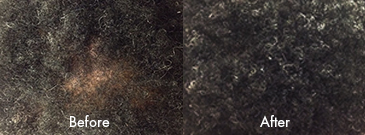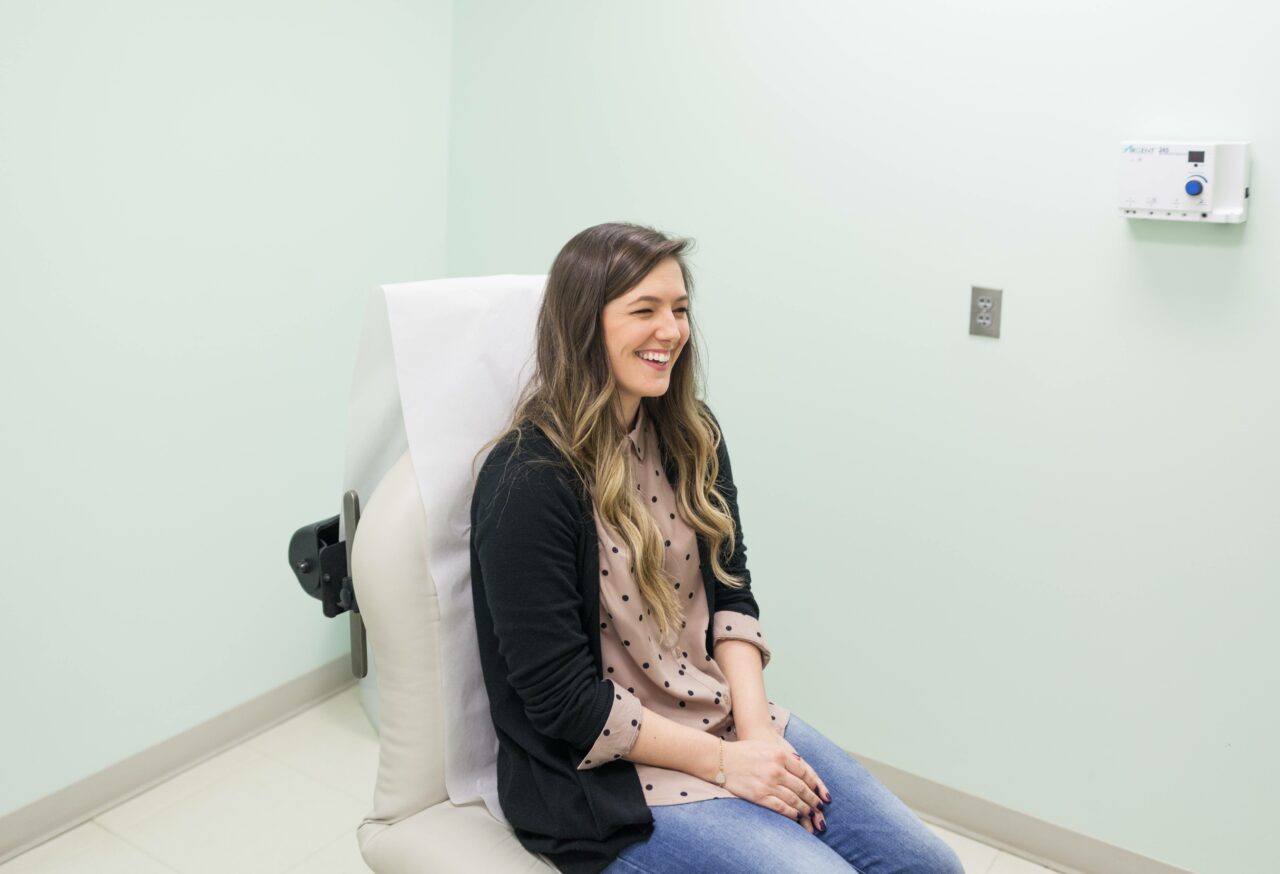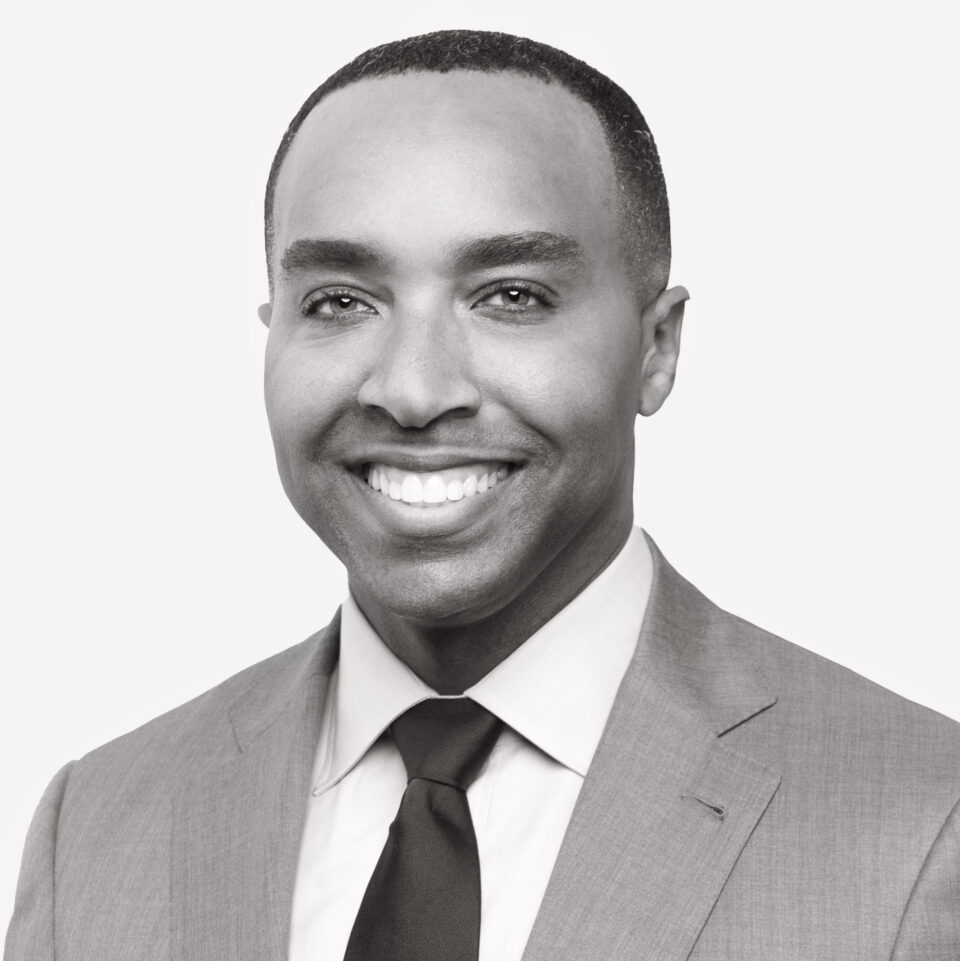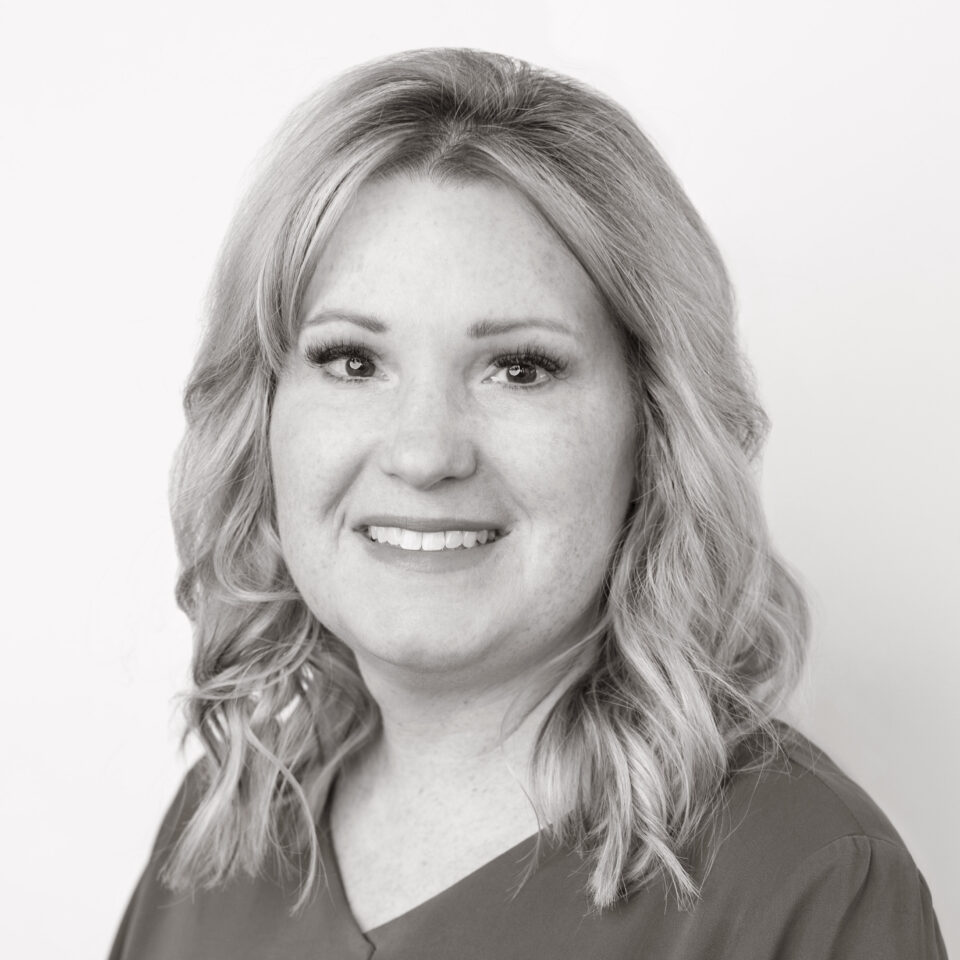Platelet-Rich Plasma Replacement Therapy
Platelet-Rich Plasma (PRP) therapy is an exciting non-surgical therapeutic option for patients who require stimulation of hair growth for hair loss conditions.
Recent scientific research and technology recognize PRP as an all-natural medical procedure that uses a patient's own cells and is performed in physician offices for scalp, skin, and hair stimulation.
While the efficacy of the therapy has not been firmly established, many studies are slowly being published on the success of PRP. The safety data, however, are well established.
PRP works by taking advantage of the mesenchymal stem cells, rich in essential and specific growth factors, contained in human blood. It has been used as a medical adjunct therapy for over two decades for wound healing and has been used in the fields of oral surgery, neurosurgery, and orthopedic surgery. While PRP is in the early stages of scientific research in hair restoration, the results are promising but should not be used to replace traditional therapies. Rather, PRP is thought to enhance the effects seen with DHT blockers (finasteride) and Minoxidil. In addition to hair restoration, PRP is widely used to stimulate facial rejuvenation through collagen production that works for wrinkle treatments and reduces fine lines.
The procedure is performed in the office setting. When a patient arrives, he or she has an anesthetic cream applied to the area to be treated. While the numbing medication takes effect, the patient’s blood is drawn and spun in a centrifuge to separate the PRP. It is then removed from the rest of the blood. After the treatment area is numb, it is treated with microneedling to stimulate collagen and to provide tiny sites of entry for the PRP, which is then rubbed and/or injected directly into the skin or scalp.

PRP contains many growth factors that stimulate the growth of hair follicles and fibroblasts, which produce collagen. PRP also contains special cells called platelets that can theoretically cause the growth of hair and skin cells by stimulating the stem cells in the microenvironment of the hair follicle or fibroblast. Platelets promote healing and accelerate the rate of tissue regeneration resulting in the activation of inactive hair follicles or fibroblasts.
Three to four treatments spaced every six weeks are recommended to achieve optimal results, with the results being most prominent three months after completion of the therapy. Patients with a history of heavy smoking, drug, and alcohol use as well as those with platelet disorders should not have PRP treatment.











